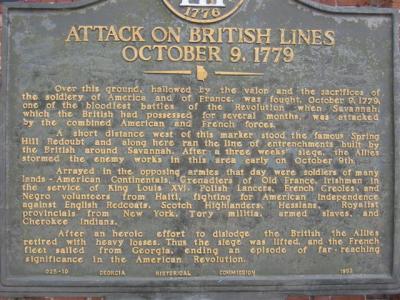 |

street in Savannah, Georgia |
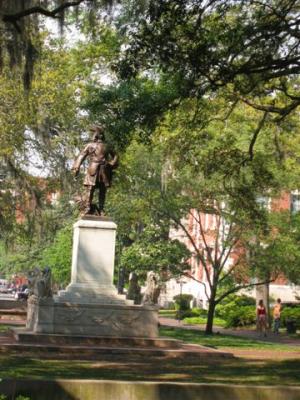 |
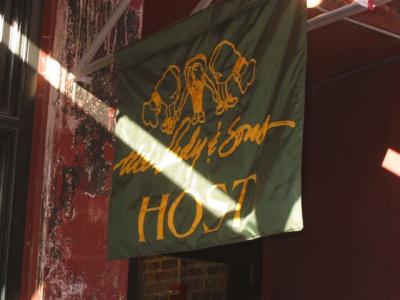
Lady and Son's Restaurant in Savannah Georgia |

a very long wait, so we came back the next day for lunch (and still had to wait almost 2 hrs) |
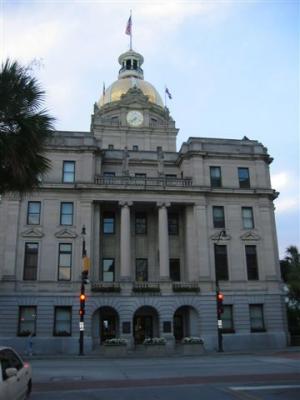
gold dome |
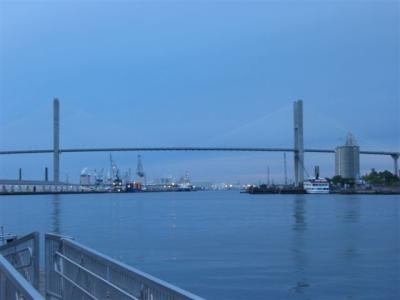
bridge |
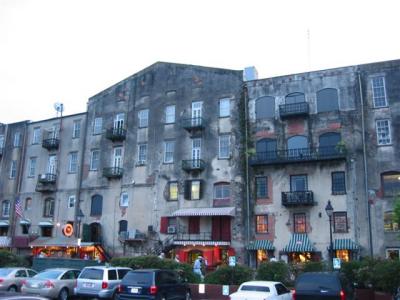
old ware houses turned into appartments and shops |
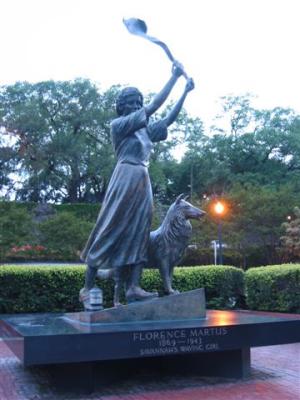
The Waving Girl |
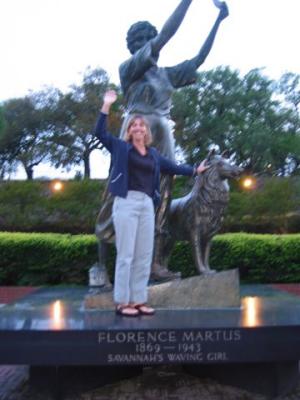
I wanted to wave also |
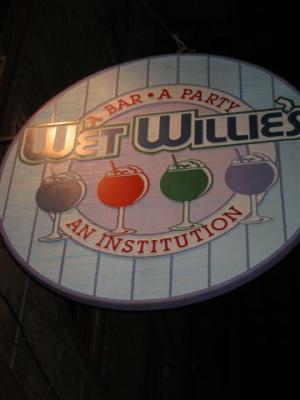
Wet Willies sign |
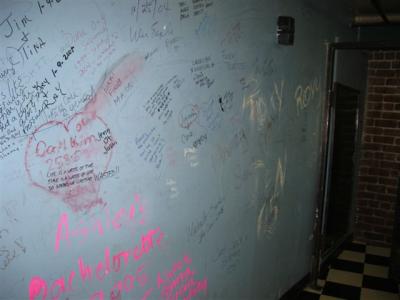
oops, bathroom wall at Wet Willies |
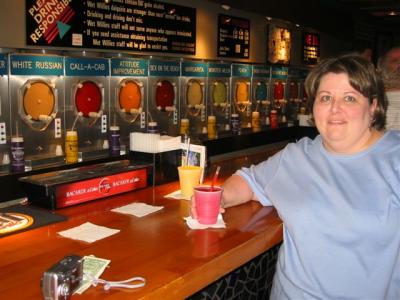
Lori, don't drink that too fast |
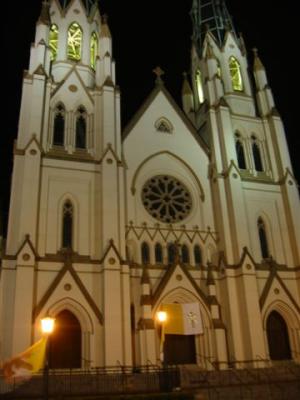 |
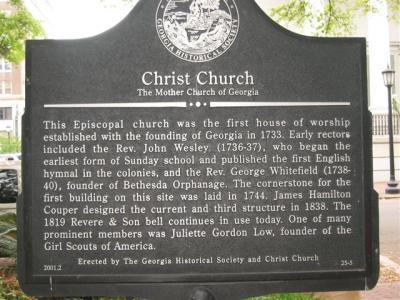 |
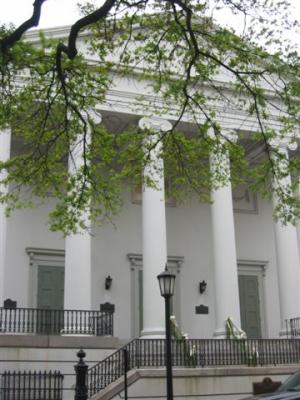 |
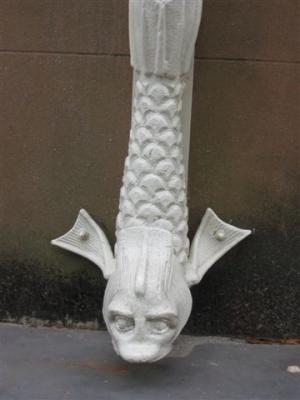 |
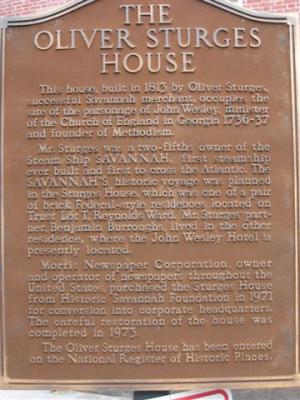 |
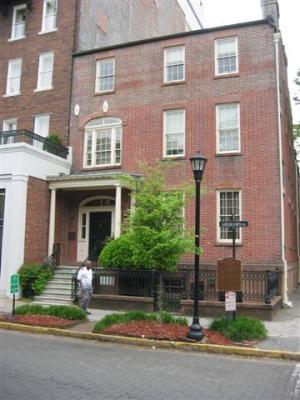
The Oliver Sturges House |
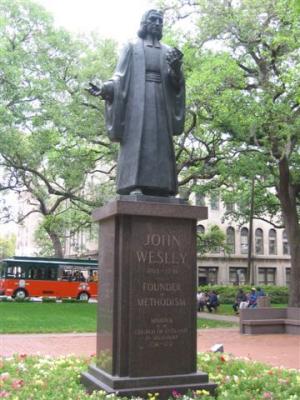
John Wesley |
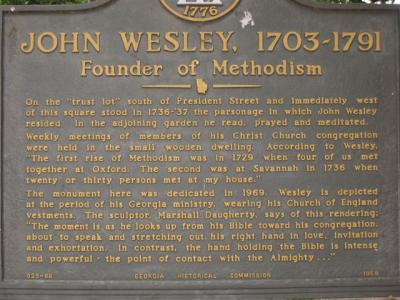 |
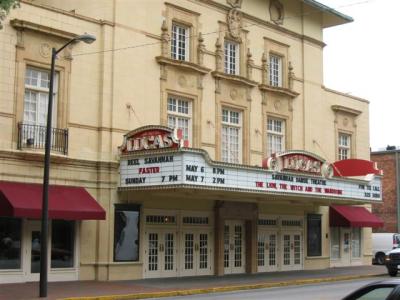 |
 |
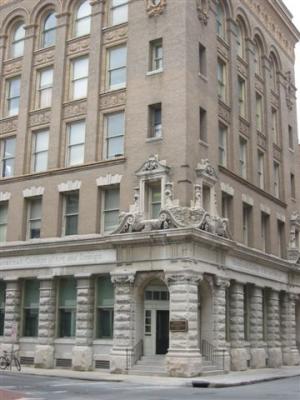 |
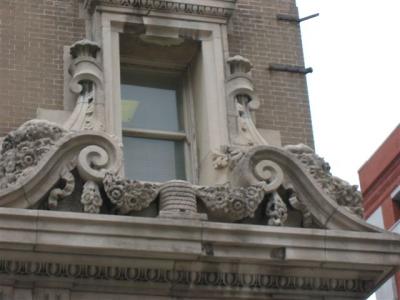 |

inside the Lady and Son's Restaurant |
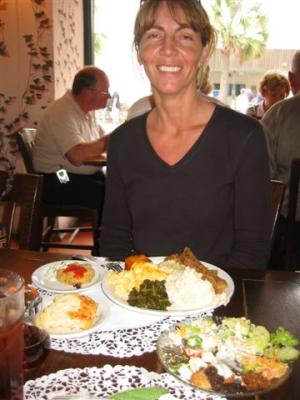
ok, I eat alot |
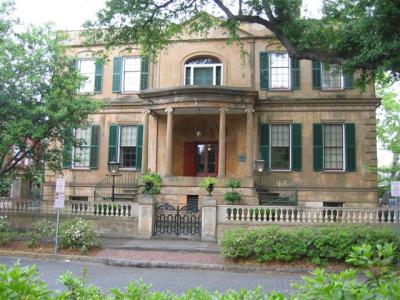
Owens-Thomas HOuse |
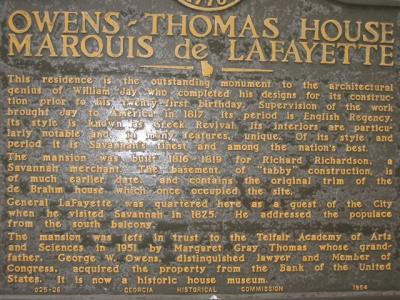 |
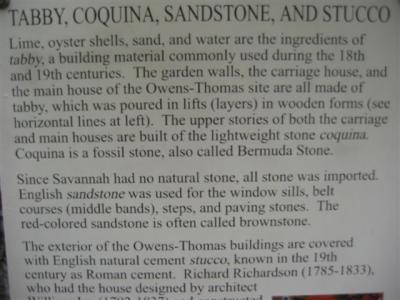
information on the Tabby Coquina Sandstone and Stucco |
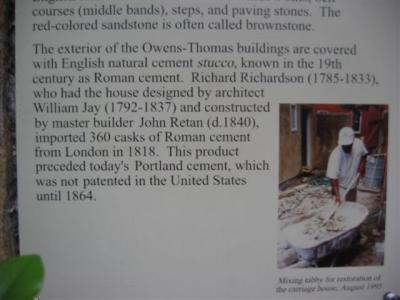 |
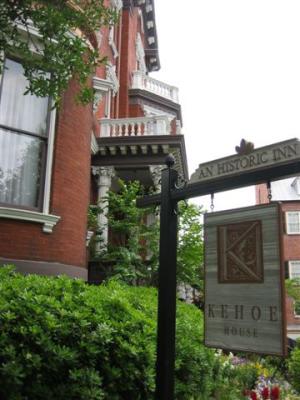 |
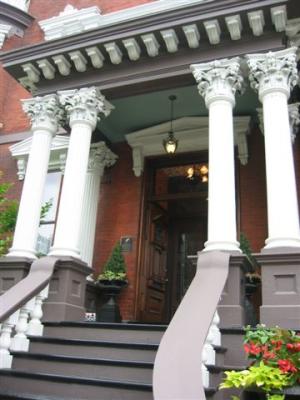 |
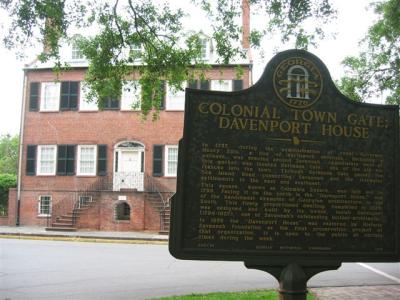 |
 |
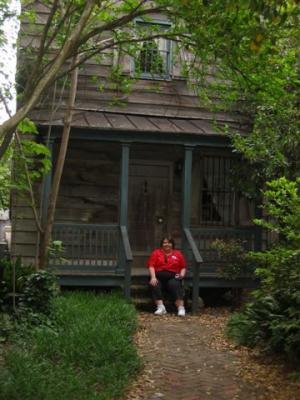 |
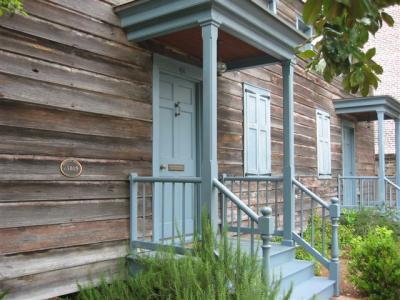
Bonticou House |
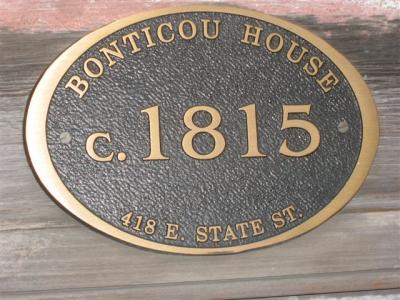 |
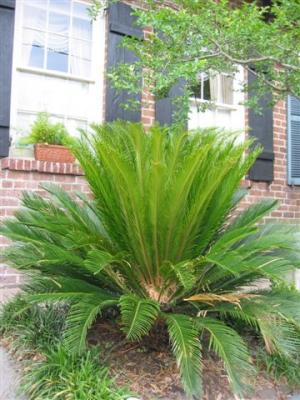 |

Holes in the floor of the African Baptist church that let air down to the basement for the slaves to breath |
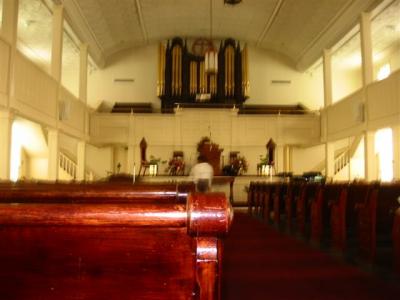
inside the church on the 2nd floor |
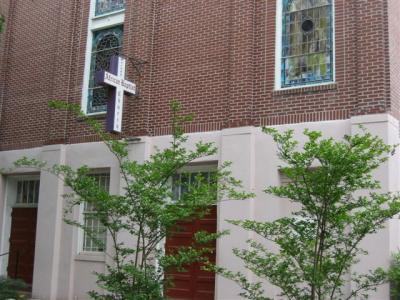 Africian Baptist Church
http://www.pbs.org/wgbh/aia/part2/2p30.html |
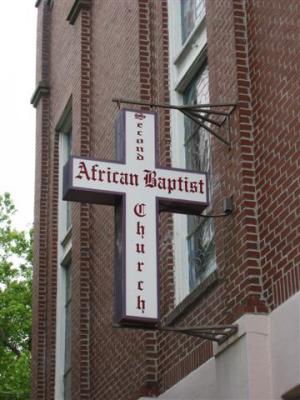
African Baptist Church |
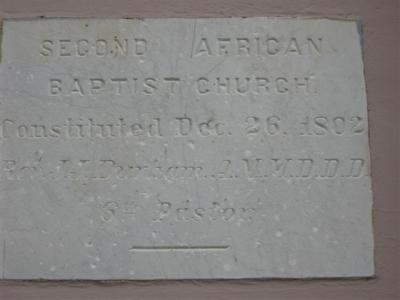 |
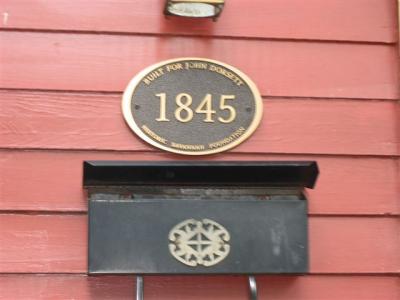 |
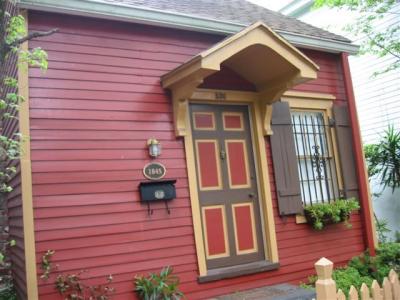
smallest house in Savannah Georgia |
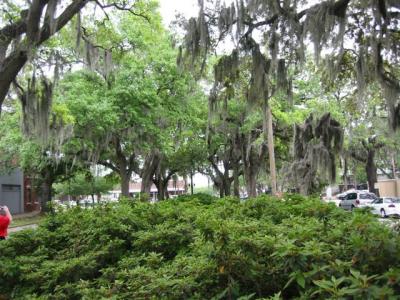
Spanish Moss on the trees, that is NOT Spanish and is NOT Moss |
 |
 |
 |

how do you like my car, very cheeky don't you think......ok, it was NOT my carred mini cooper with a flag on top of it |
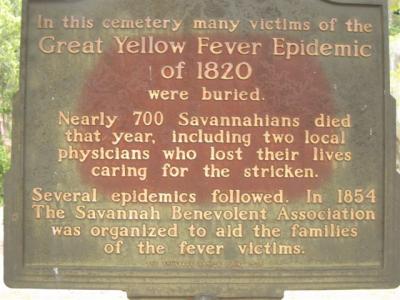 |
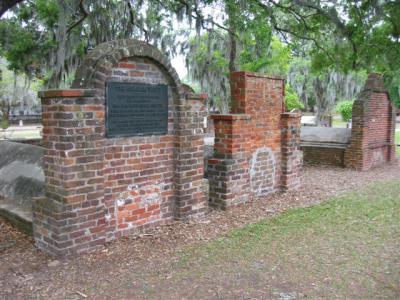 |
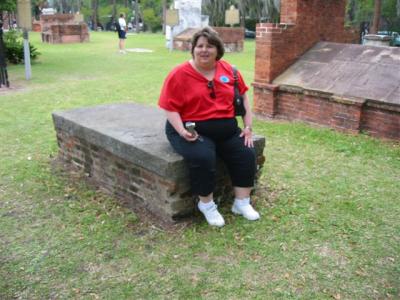 |
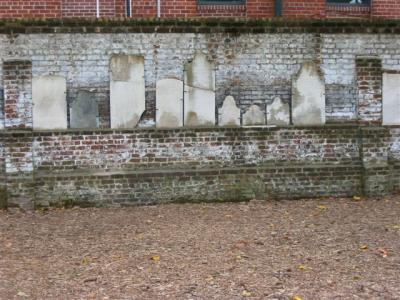
durning the war, the grave yard was used for the military to camp, alot of the graves were dug up or destroyed |
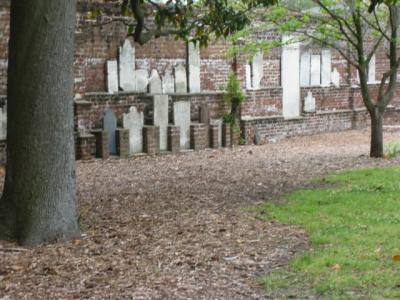
bodies were not found for these stones and they were just placed up against the wall of the cemetary |
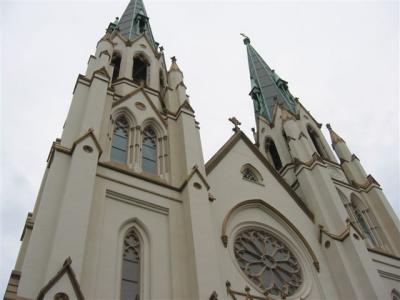 |

Cathedral of St John the Baptist |
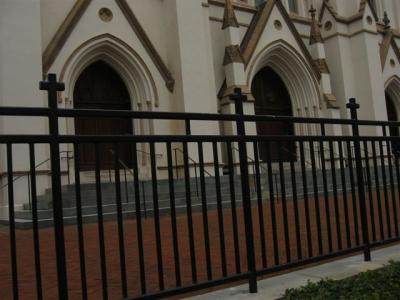 |
 |
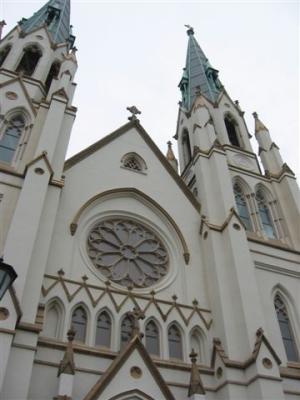 |
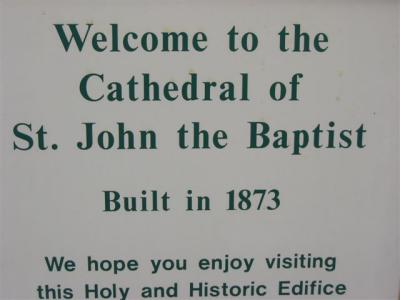 |
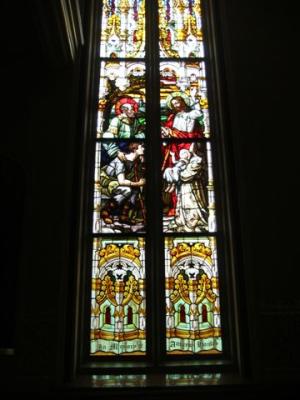
inside the Cathedral of St John the Baptist |
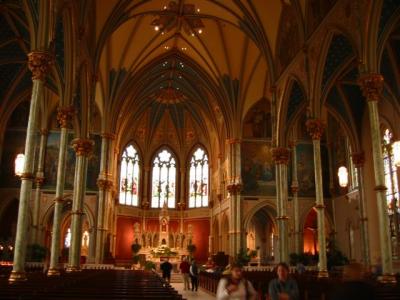 |
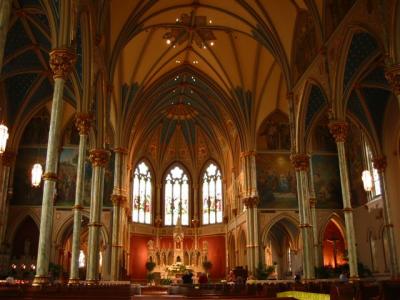 |
 |
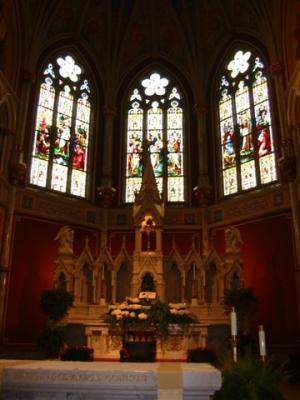 |
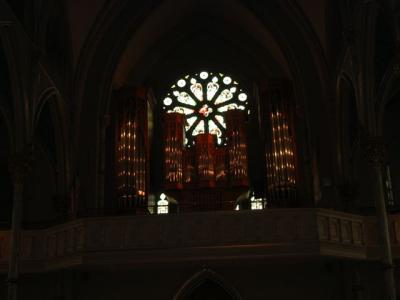 |
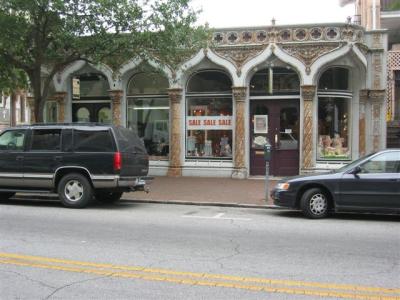
this building is where the first Model T was on display |
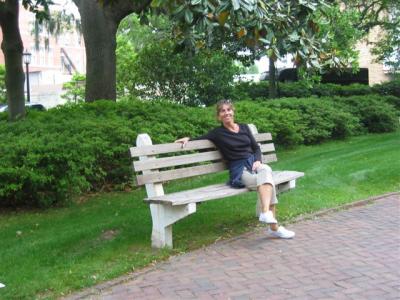
Momma always said life was like a box of chocolates. You never know what you're gonna get. |
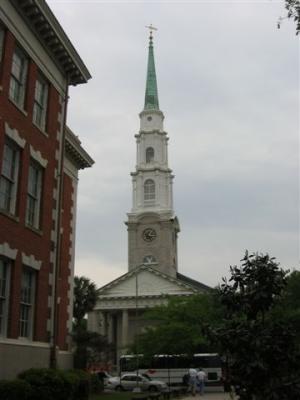
from the top of this steeple is where the feather fell down on Forrest Gump |

Forsyth Park |
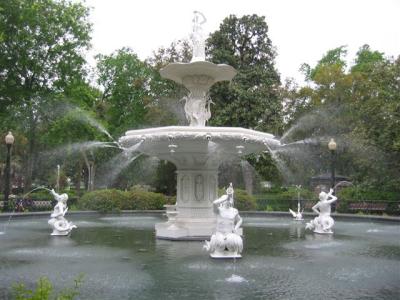
this fountain was ordered from NYC, only 3 in the world left |
 |
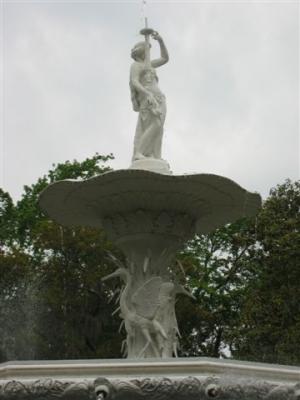 |
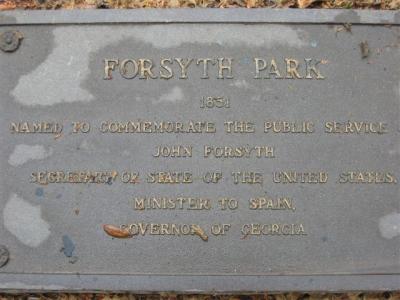 |

Tybee Island Beach (over cast syk and no one on the beach) |
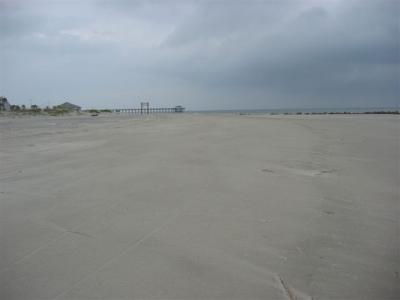 |
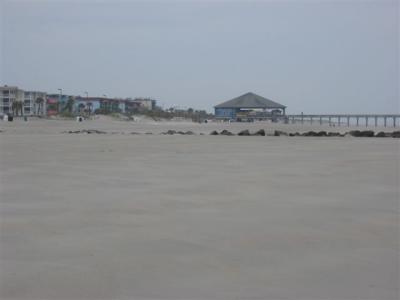 |
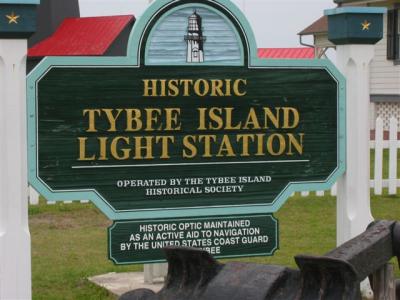
Tybee Island Light House Station |
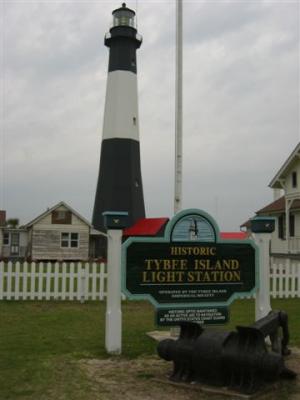
Light House on Tybee Island |
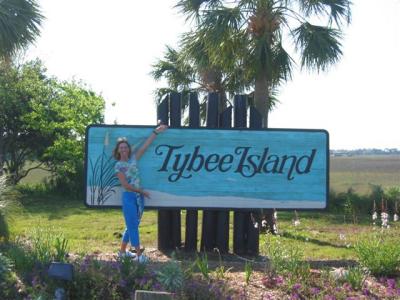
Welcome to Tybee Island |
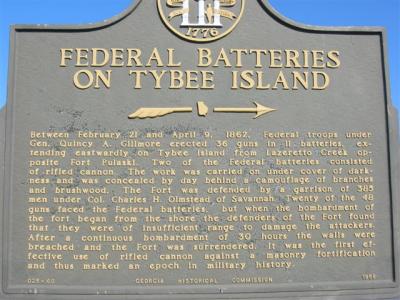 |
 |
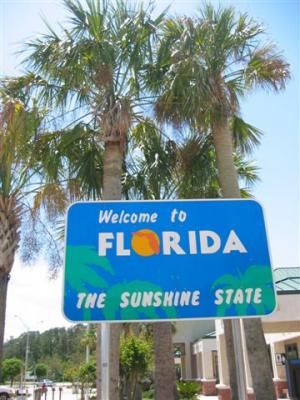
Welcome to the Sunshine State, Florida |
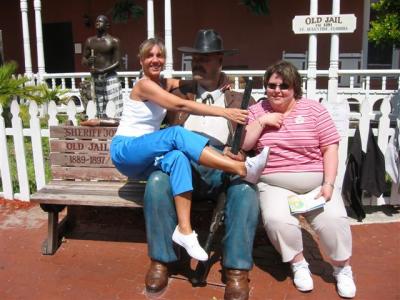
the sheriff at the Old Jail in St. Augustine |
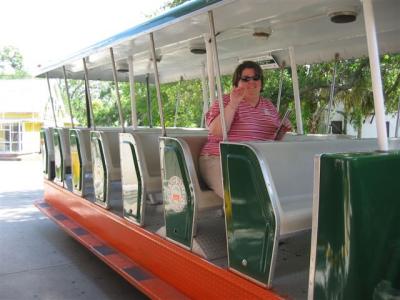
Lori getting ready to take a trolly ride |
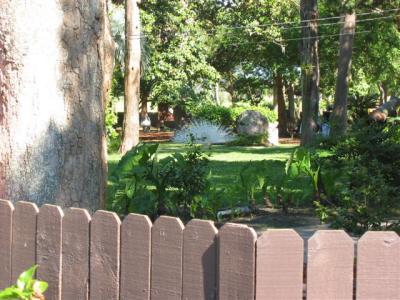
white peacock |
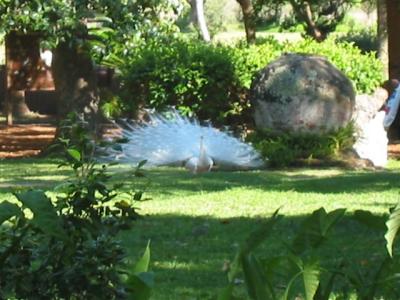 |
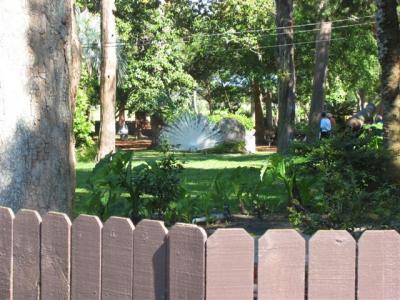 |
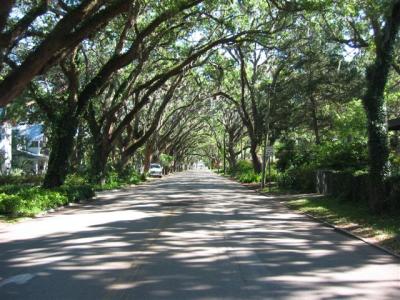
Magnolia Street in St Augustinethis street was in the National Geographic as one of the most beautiful streets in America |
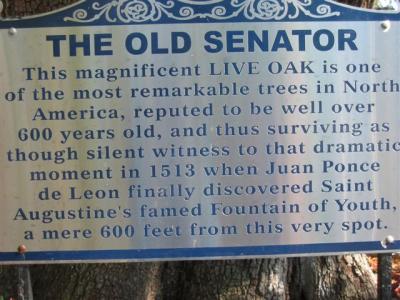
The Old Senator, Live Oak Tree |
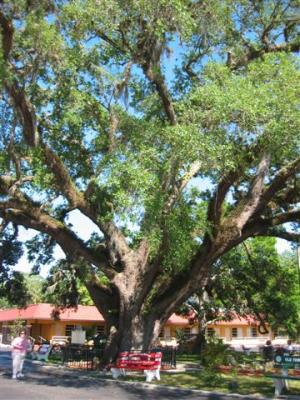
over 600 yrs old |
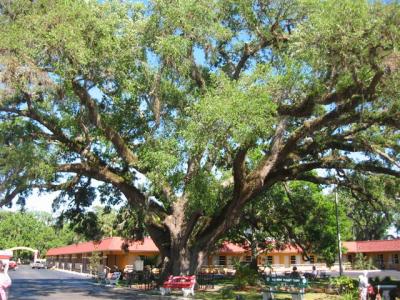 |
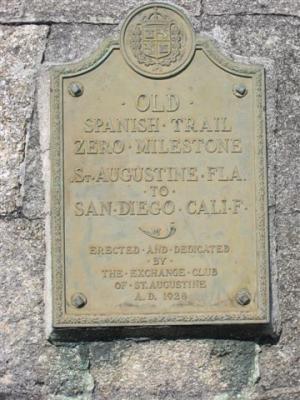 |
 |
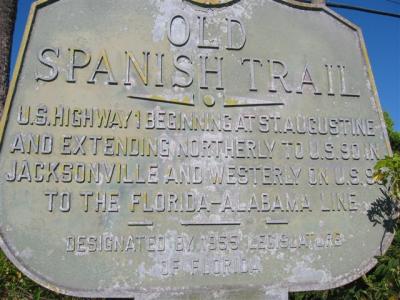
The Old Spanish Trail |

if you look close, you see a palm tree growing out of the oak tree |
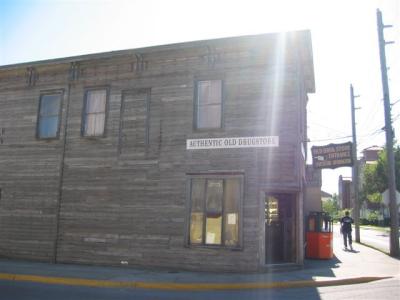
The Oldest Authentic Drugstorein the country. Conveniently located on the Historic Tour route in downtown St. Augustine.
31 Orange Street
St. Augustine, FL 32084
|
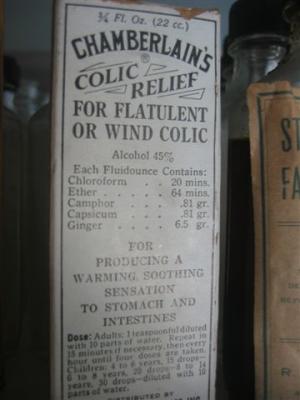
give me 2 doses of this |
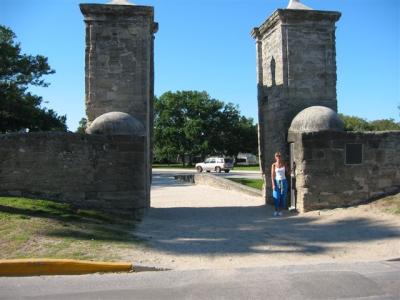
The Old City Gates of St. Augustine, Florida. |
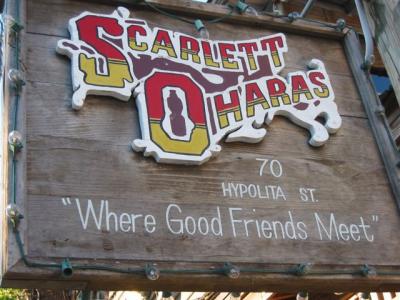
Scarlett O'Hara's Restaurant |
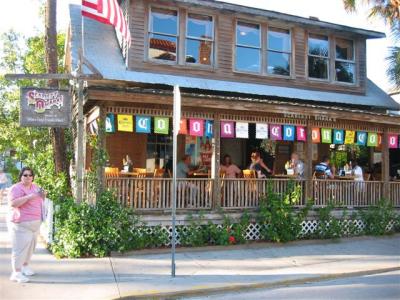
ate here first night in St Augustine |

pictures inside |
 |
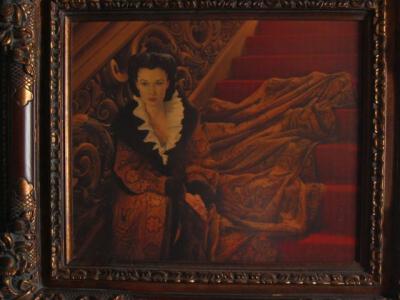 |

Grace United Methodist Church |
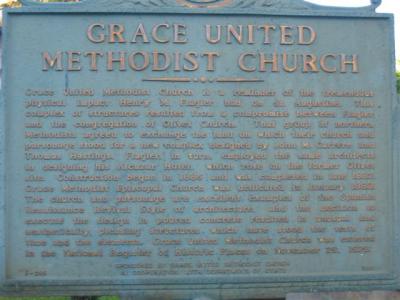 |
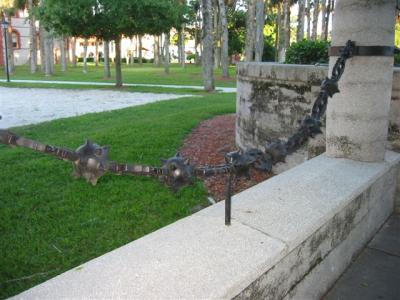 |
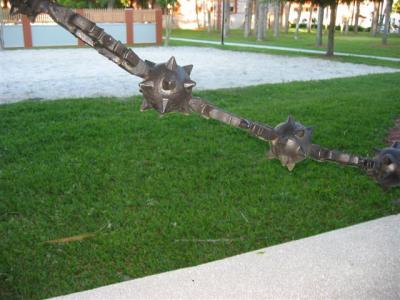 |
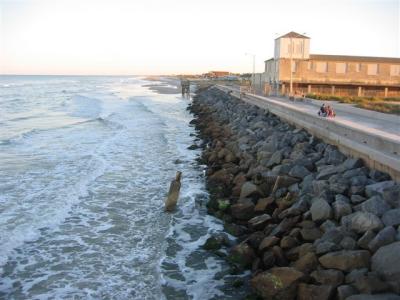 |
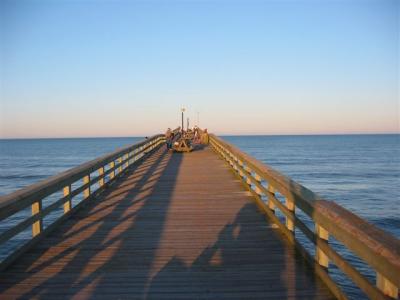 |
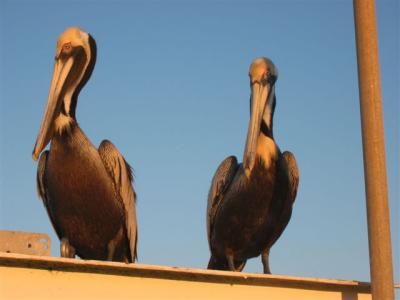 |
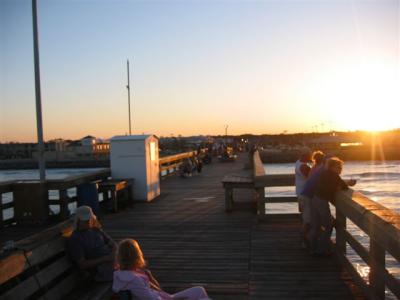 |
 |
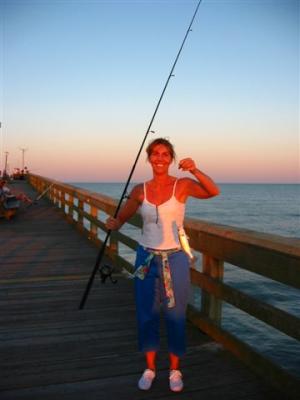
look what I caught.........supper |
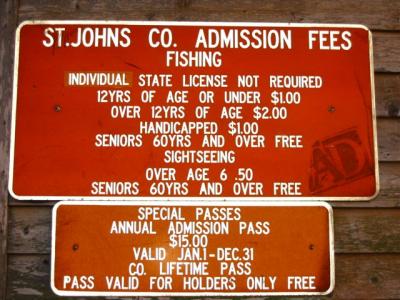
50 cent admission fee just to walk on the St John's Co. Pier |
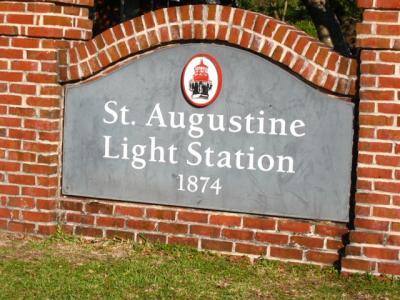
St. Augustine Light Station 1874Site Established: 1823
Current Bldg. Erected: 1874
Height of Light Structure: 165 ft.
Focal Plane of Light: 161 ft.
Active: Yes
Lens: First-Order Fresnel
Beacon Visibility: 19-24 Miles |
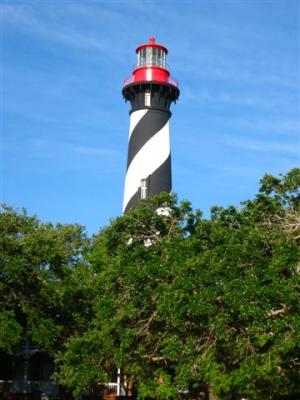
http://www.lighthouseratings.com/Augustine/Its strong black-and-white diagonal day-mark stripes coupled with its stark-red light tower create a very strong presence for this light, as it really serves as the heart and center focus of this community. The lighthouse can be seen from many different locations around town and always seems to be watching over both the town and the sea.
Many travelers driving north on Route 1A are star-struck in their cars as this massive landmark rises bold and stark out in front of them and grows in majesty as they approach it.
A beautiful 1855, first-order Fresnel lens is still in use in the lens tower!
The lens is constantly white, when lit, with a bright flash every 60 seconds, but what makes this lens unique is that the midsection of the lens where the bull's-eyes are located rotates, while the upper and lower thirds of the lens stay motionless. This lens is so powerful that when it was first installed and the lens did not move, the sun glare off the lens would start brush fires around the lighthouse and the concentrated sunlight hitting the lens would damage the light source inside of it. Thus its need for motion.
In the summer of 1565, a Spanish fleet lead by Pedro Menendez de Aviles landed on the shores of northeastern Florida and established an European settlement in the New World. This colony, which Menendez named in honor of St. Augustine, was established more than 40 years prior to the English settlement in Jamestown and gave St. Augustine its claim to fame as being the nation's "oldest city"!
This young "city" grew in importance to Spain as a shipping port to the New World, and in the 1580s a wooden watchtower was established on Anastasia Island (which was inside the St. Augustine inlet) to aid the Spanish fleet in its commerce. |
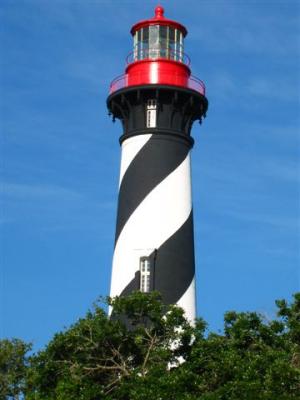
St. Augustine LighthouseIn 1673, construction began on the massive fortress of Castillo de San Marco. The fort, which is still standing, was made from limestone, crushed oyster shells and coral. This mixture, though seemingly soft for a bastion, absorbed cannon fire without cracking much better than a fortress made of stone would, and it provided St. Augustine with a center of defense. At the same time the Castillo de San Marco was built, a light tower was built to replace the watchtower with the same limestone, crushed shells and coral components.
In 1821, Spain ceded Florida to the United States. With the new government's financing now available, the grand jury of eastern Florida wrote President James Madison and asked for a new lighthouse in St. Augustine. In 1823, a $5,000 government grant was established and the current limestone tower was converted by contractor Elias Wallen into Florida's first lighthouse by 1824.
During the Civil War, Confederate sympathizers removed the lens in St. Augustine's light tower. The tower was not re-lit again until 1867.
During the next 30 years, mariners constantly complained that the light tower did not provide the visibility they needed. After a series of fruitless corrective actions, coupled with the increasing threat of land erosion near the lighthouse, the lighthouse board provided new funds for a new lighthouse to be built in 1871.
Paul Petz, who designed the Library of Congress, undertook the building of this new lighthouse and created a 165-foot tower with a first-order Fresnel lens. The new lighthouse was completed in 1874.
In 1898, St. Augustine's lighthouse was used as a lookout tower in the Spanish-American War. The light keeper of St. Augustine's served as the lookout and had signal flags and a telephone line that ran to the customs house to send an alert if needed.
Likewise, the lighthouse had an involvement in both World Wars. It was dimmed in World War I so as not to aid German U-boats in finding American ships to sink.
In World War II, the tower was used as a lookout as a team of light keepers worked around the clock from the top of the tower.
More recently, a nearly century-long lease agreement with St. Johns County was signed with the Junior Service League of St. Augustine in 1982, and the massive restoration of St. Augustine Lighthouse was undertaken to restore the lighthouse to its former glory. This process started with the Junior Service League obtaining placement for this grand lighthouse on the National Register of Historic Places.
Today the U.S. Coast Guard tends to this lighthouse, which is still an active guide to navigation.
|
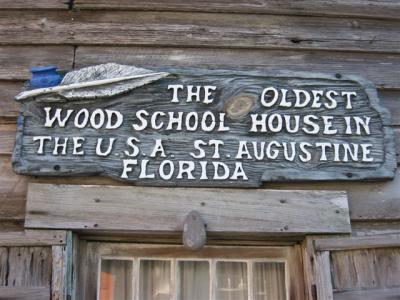
Oldest Wooden School House14 George Street
St. Augustine, FL 32084
An authentic building in its original state. Inside you'll see the old classroom with life sized figures of the professor and pupils, rare school books, slates, slate pencils and old maps. Compare your school days with those of the old days!
|
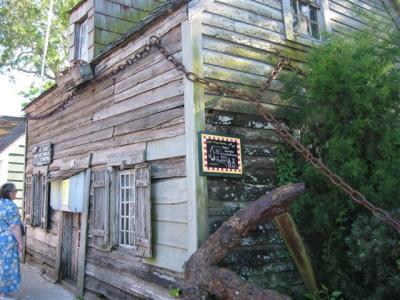
after a tour inside, you get a diploma |
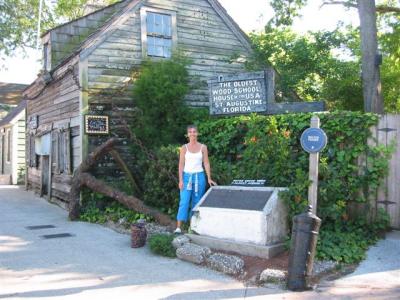 |
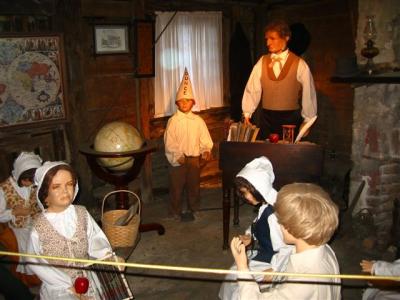
inside the oldest school house |
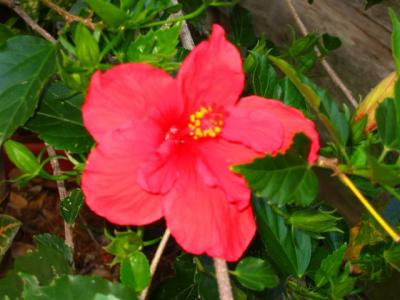
hibiscus |
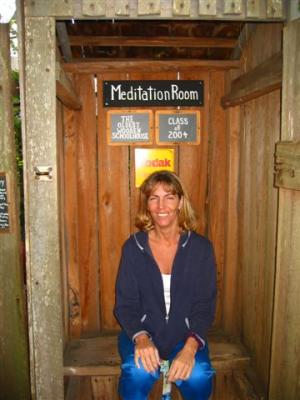
sitting on the toilet (kodak moment) |
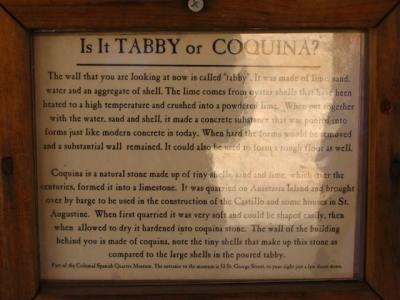 |
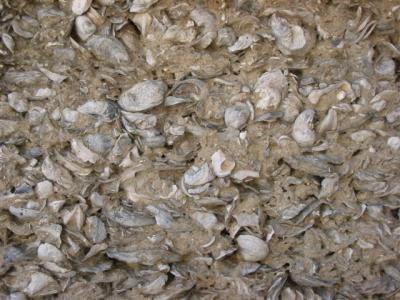
Tabby wall |
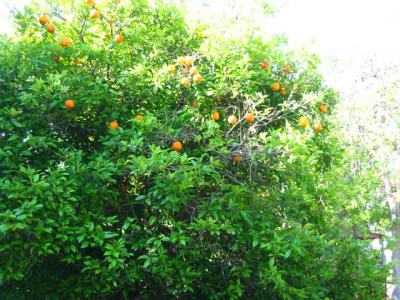
orange tree |
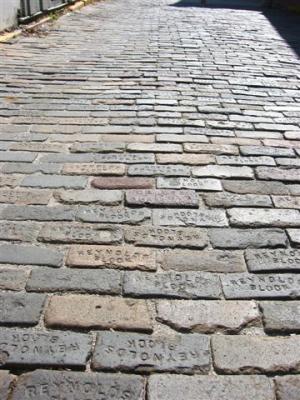
brick road |
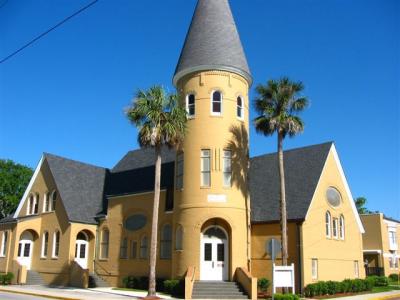 |
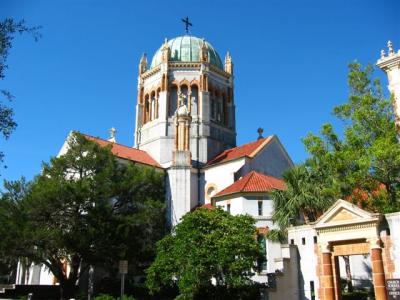 |
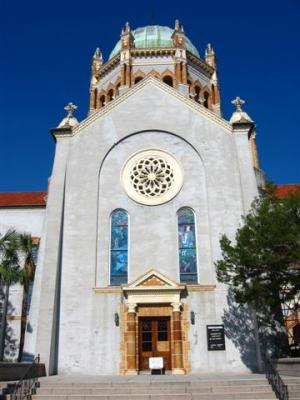 |
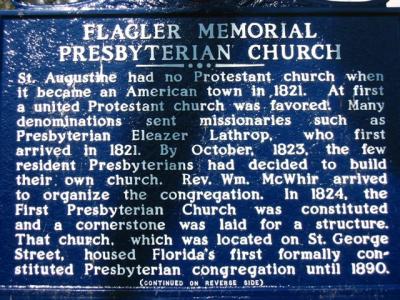
Flagler Memorial Presbyterian Church |
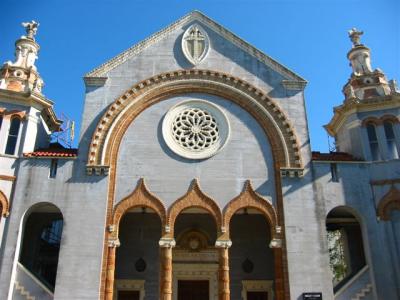 Memorial Presbyterian Church, built in 1890 by Henry Flagler in memory of his daughter Jennie, who died giving birth. He spared no expense and moved part of Venice to St. Augustine to create another monument to the Golden Age. Built in the Venetian Renaissance style in the shape of a cross, it is equal in size and grandeur to some of the great churches of Europe. This has a huge copper dome overhead and ornate terra cotta frieze work done by Italian artists. The woodwork is all hand-carved Santo Domingo mahogany. The kneeling benches beneath each pew are there because of the European tradition, a guide advised. Buried in the round mausoleum attached at the side of the church are Flagler, his first wife, his daughter and granddaughter. |
 |
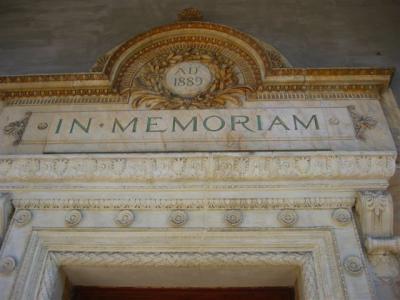 |
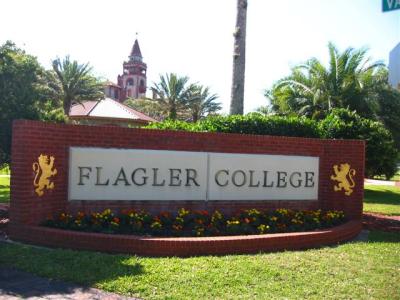 |
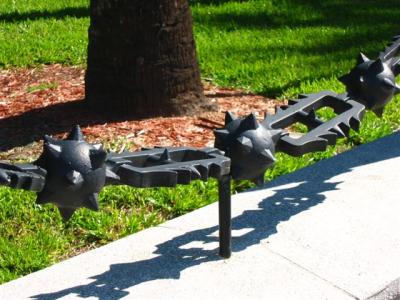 |
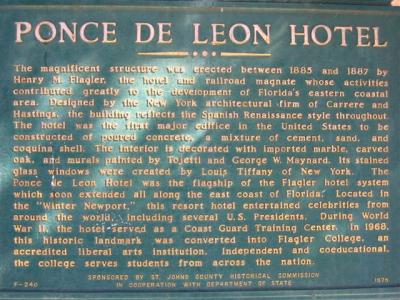
Ponce De Leon Hotel |
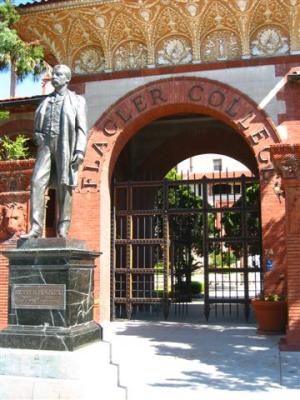 |
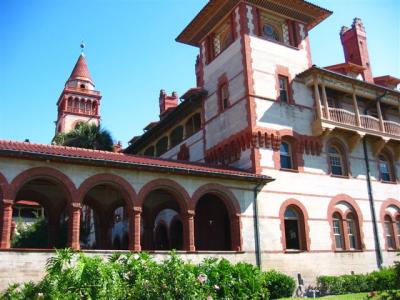 |
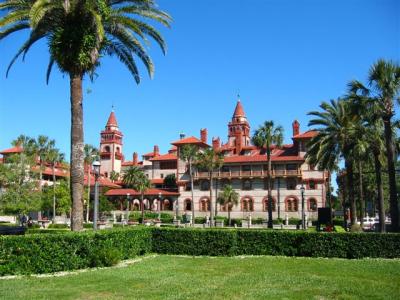 |
 |
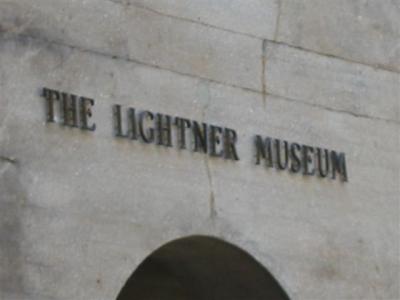
The Lightner MuseumAlcazar Hotel, which Flagler built a year later to attract the middle class. Not quite so tony but equally interesting, it’s now home of the Lightner Museum |

me with a real Tiffany Glass LampThe museum was a gift to the city from Otto C. Lightner, a Chicago publisher and collector, who had crammed two fading mansions with relics of a bygone era. Moving here because of ill health, he bought the abandoned Alcazar Hotel to house his collections in the spirit of his idol, Henry Flagler. The old hotel and adjacent casino have their own fascinating story to tell as they showcase what’s best described as a collection of collections. One of the country’s most complete repositories of 19th-century life, it’s been called the Smithsonian of the South. For connoisseurs, the major emphasis is on fine and decorative arts, with other collections of natural science, industry and anthropology. But some of the most fascinating are the oddball items from Lightner’s original amateurish museum of “hobbies:” salt and pepper shakers and trivets, candles and keys, wooden nickels and cigarette lighters. |
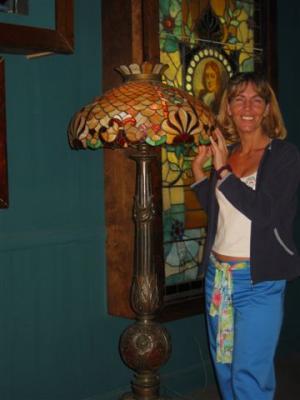
another one of those lampsOne four-sided glass case holds a montage of shoes and boots. Matchbook covers and walking canes are displayed under the same roof as an 1873 Chickering piano from opera singer Amelita Galli-Curci. Winston Churchill’s stuffed African lion and a 2,500-year-old Egyptian mummy occupy a room next to a collection of rare mechanized musical instruments. The lately restored Ballroom Gallery overlooks the old indoor swimming pool, now an antiques mall and cafe. Priceless vases and glassware are shown in what used to be the hotel’s Turkish baths. Tiffany glass edifies an old massage room. Walk into the old Roman baths and come out to face an eight-foot-tall green malachite urn and pedestal from the Russian Czar’s palace. You could be entranced for hours here. |
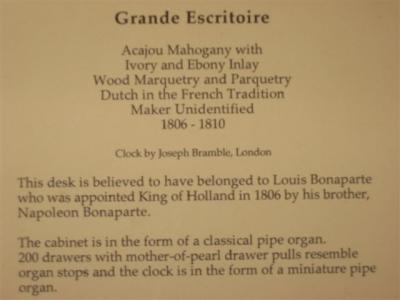 |
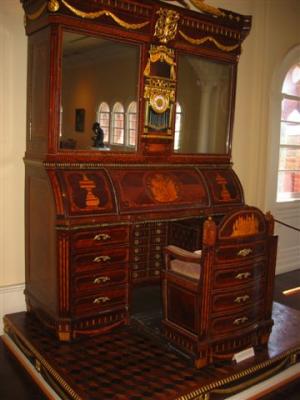 |
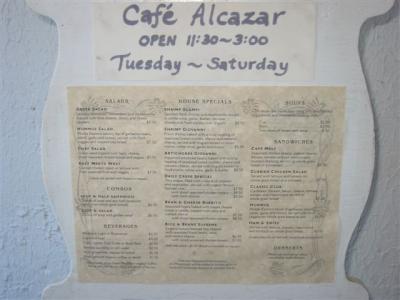
Cafe Alcazar Menu |
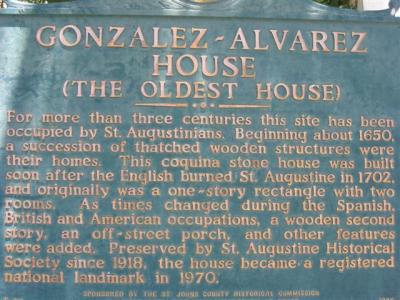
Gonzalez-Alvarez House (The Oldest House) |
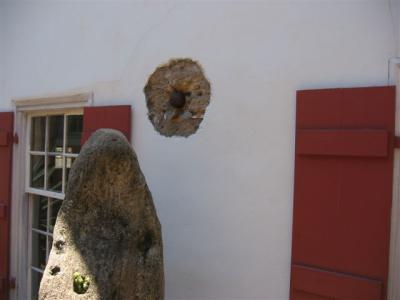
canon ball holes in the side of the houses |
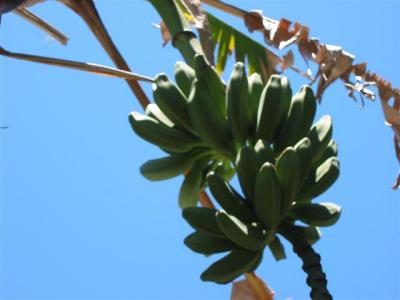 |
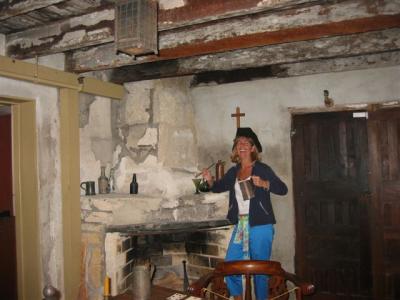
Oldest House in the United States, on St. Francis Street, opposite the U.S. Barracks. |
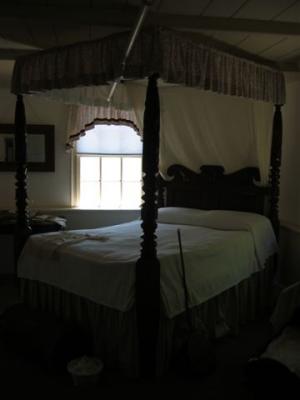
bed from Haiti |
 |
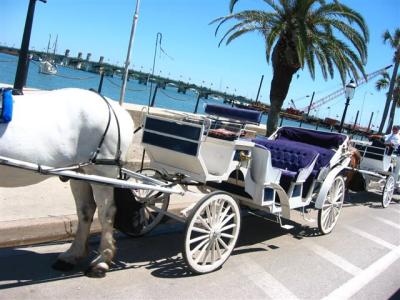 |
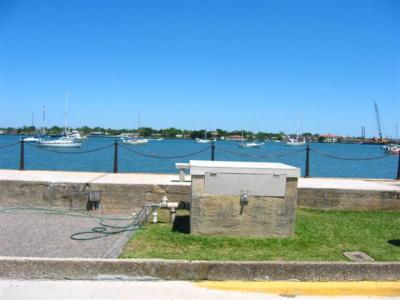 |
 |
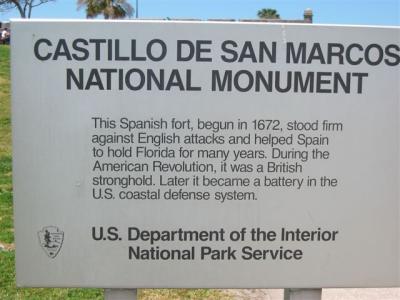 |
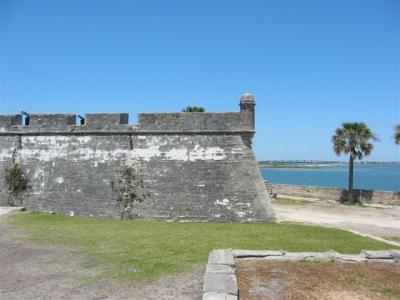
Castillo De San Marcos National Monument, St. Augustine, Florida |
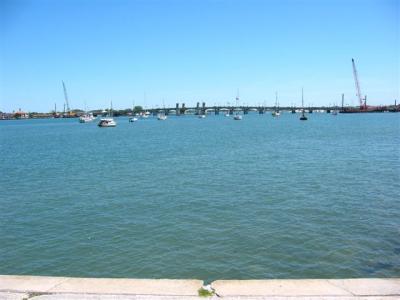 |
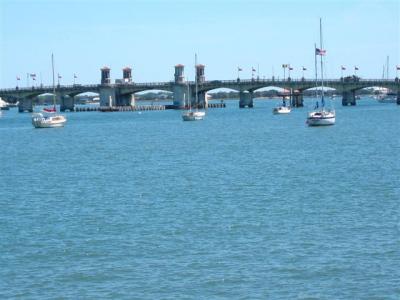 |
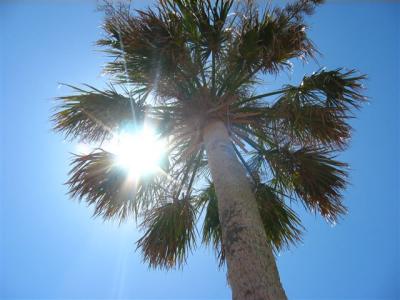 |
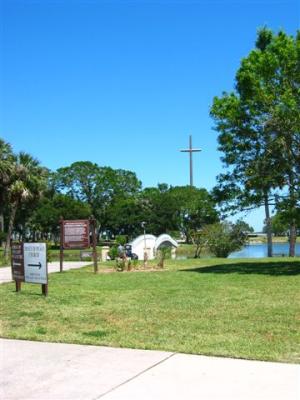 |
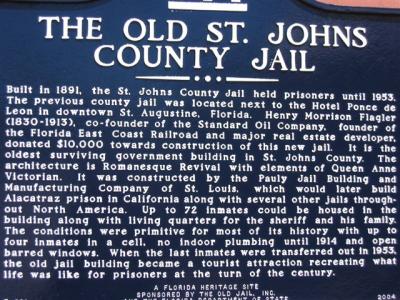
The Old St Johns County JailThe Old St. Johns County Jail, currently known as The Old Jail, was built on land purchased by Henry Flagler for the purpose of moving the county jail from the prestigious neighborhood of his Ponce de Leon Hotel and Grace Methodist Church. |
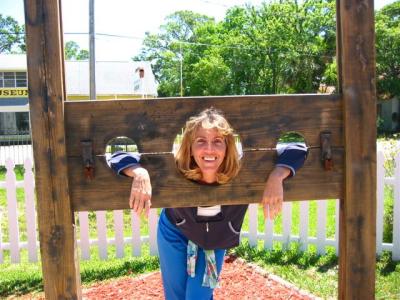 |
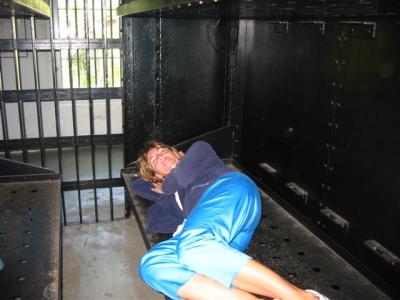
me laying on on of the jail cell beds, glad I didn't get bed bugs |
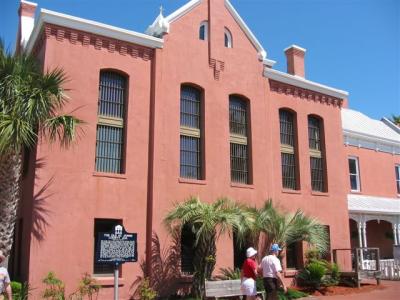 Built in 1890-1891 in the Victorian Queen Ann style with living quarters for the Sheriff and his family, this building served the county until 1953. The Old Jail is listed in The National Register of Historic Places. A collection of guns and other weapons used in crimes as well as courtyard displays for picturetaking |











